THE EXPERIENCE OF ARCHITECTURE.
Basic concepts.
Contrast: The building is made of different materials so It makes a visual shock.
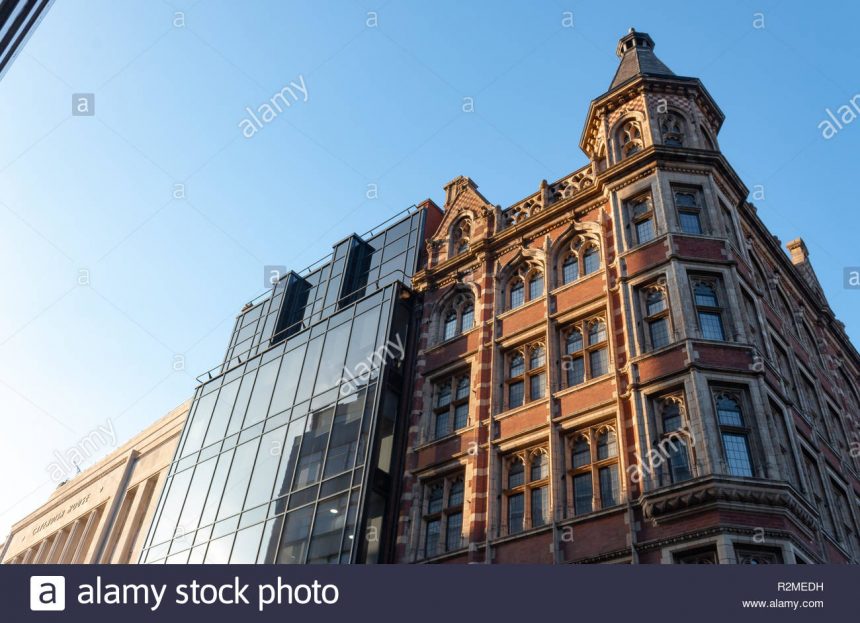
Camouflage: The building integrates to the environment that surrounds it.
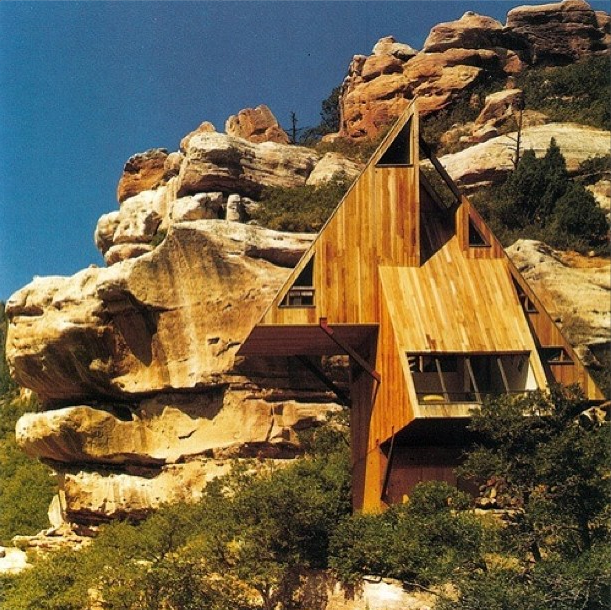
Organic relation: is a nod to the place and integration is done by reinterpreting its elements . It shows sensitivity towards the place.

Contextualism: has to do with the meaning expressed by the building, the relationship with the place is justifiable.
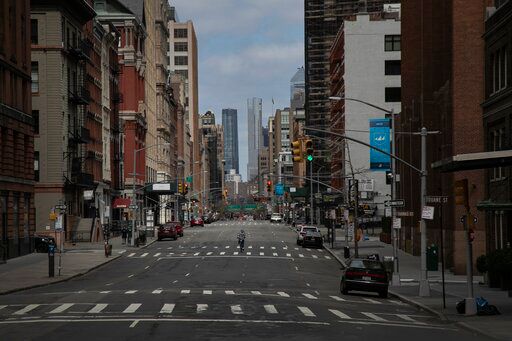
SPACE
“Architecture is the studied construction of spaces. The continuous renovation of the architecture comes from the evolution of the concepts of space”
Louis Khans
“The objective of architecture is divided into two parts (…) the creation of space and the creation of the limits of that space.”
alois riegl
Classic space: The classic space is closed and compact, because the historical architecture has been of massive wall type, that is a structural question has given the closed and compact character.
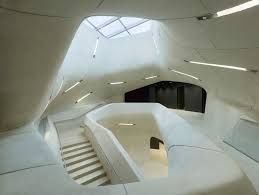
Uniform space: These are abstract, rational, perceived spaces: they do not exist until they are lived. Closely linked to the function, they only exist if used.
The Modern Movement breaks the compact space, breaks the “box” and lets the space flow, allowing horizontal and vertical connections.
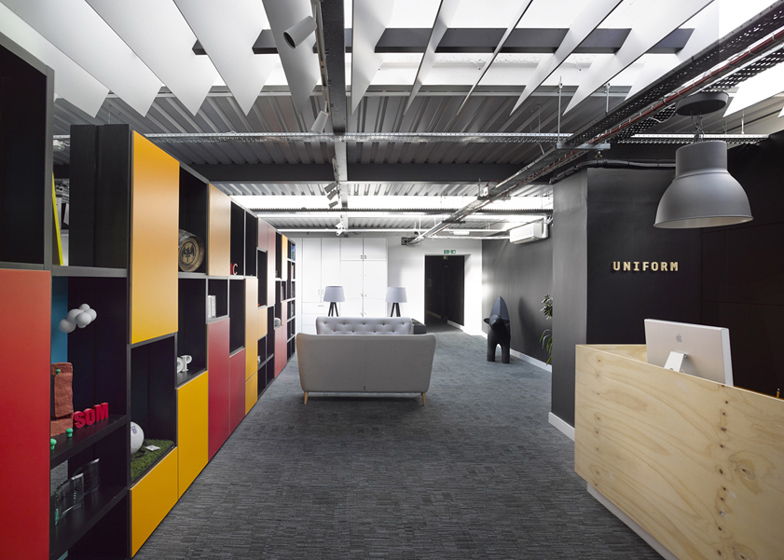
Contemporany space: The first defining feature of the proposal is the total and absolute confusion of the public with the space of relation.
The entire building space is unique and continuous. The concept of free section is born: it consists of ending the tyranny of the horizontal plane, deforming it, twisting it,…
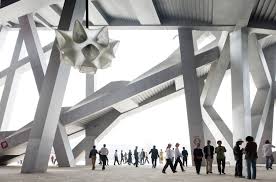
FUNCTION
The concept of function is associated with architecture has always existed, evidence of it is the Utilitas of Vitruvio.
–Mechanical Functionalism: It has its roots in the Industrial Revolution. Form is a direct and mechanical consequence of the functions to which it is linked.
Beauty came automatically from the most perfect mechanical efficiency and not from a deliberate search for beauty.
“We do not know of any formal problems, only constructive problems. The form is not the goal, but the result of our work. The form itself does not exist. Form as a goal is formalism, and we reject that. Inventing forms is not the task of architecture”.
Mies van der rohe
–Organic Functionalism: The form takes on a biological sense and adapts itself to the living functions which must be carried out in the environment (architecture), that is, adapted to human activities and the social environment.
–Moralistic Functionalism: Utility exist for an end. It comes from the classical aesthetic, which argued that, something can be considered beautiful, when it is useful and suitable to its end.